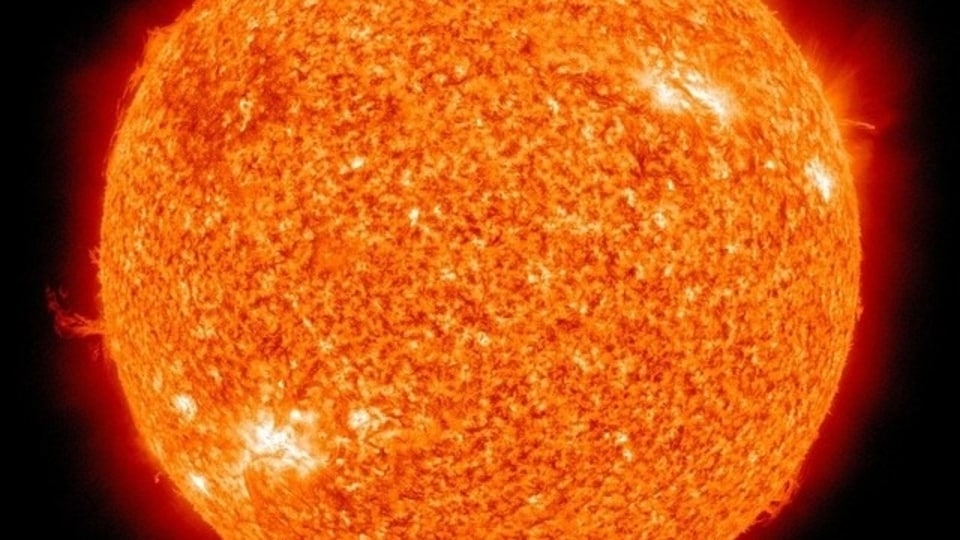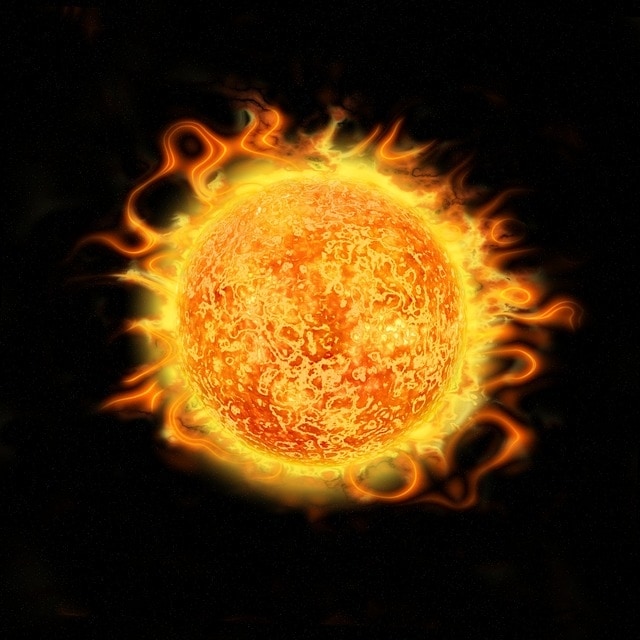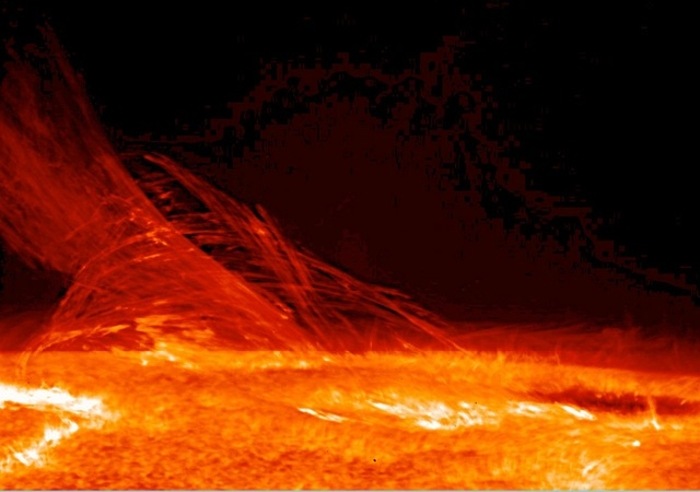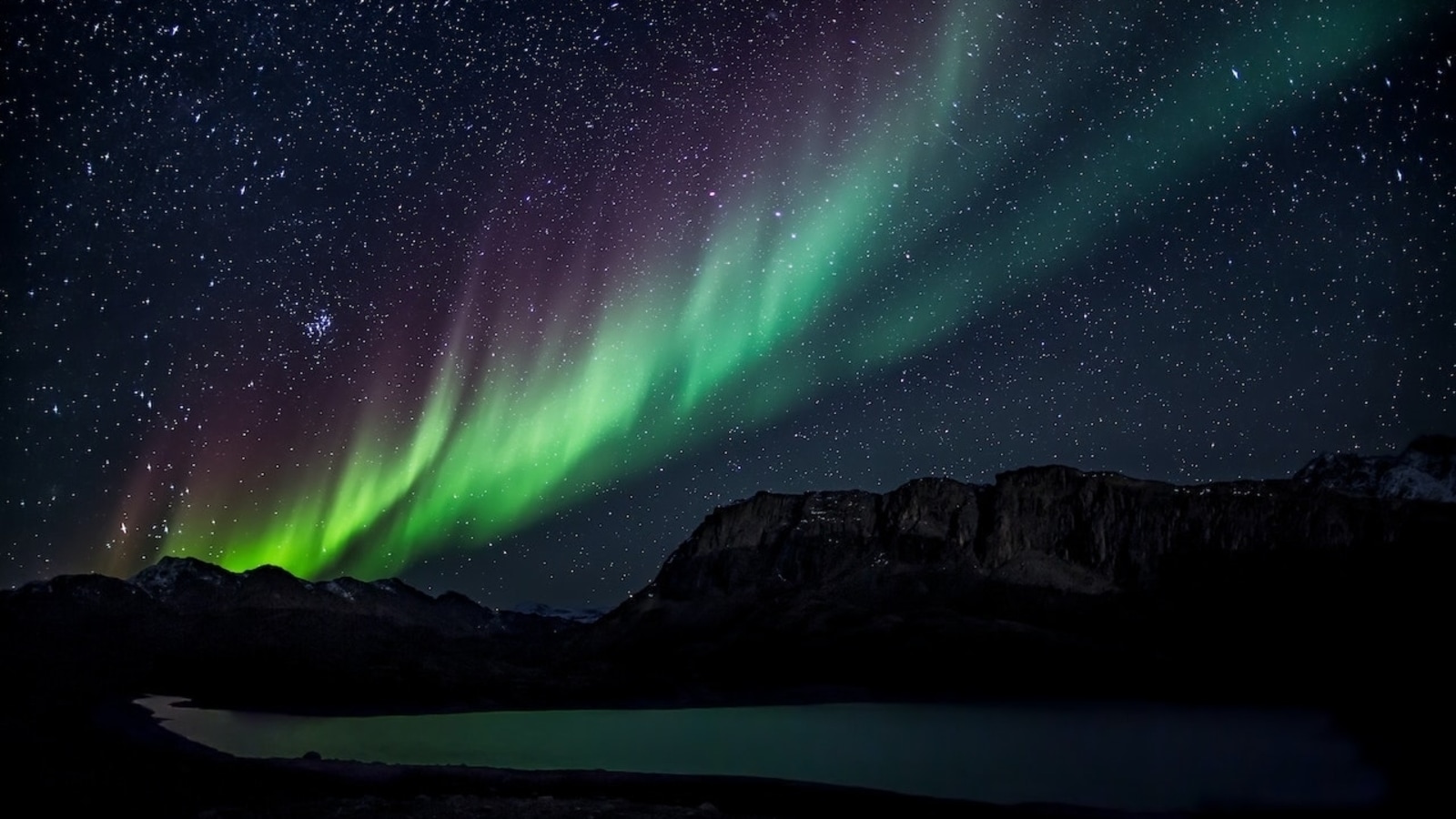Geomagnetic storm sparks breathtaking auroras; Know details of CME impact
A CME has hit Earth, resulting in a geomagnetic storm. This caused breathtaking auroras in various parts of the world. Know all about it.






 View all Images
View all ImagesThe intensity of the Sun's activity has been rising in the last few months, and it is expected to increase even more as we approach the solar maximum. During this period, solar activity is at its peak, resulting in more solar flares, CMEs, solar storms and geomagnetic storms. All these solar phenomena hold the potential to cause damage on Earth. Technological instruments are especially at risk during these events, resulting in power blackouts and even disruption of radio communication.
A few days ago, the Space Weather Prediction Center (SWPC) of the National Oceanic and Atmospheric Administration (NOAA) predicted that a CME was on course for Earth, and could hit the planet soon.
Geomagnetic storm impact
According to a report by spaceweather.com, the CME impact occurred on October 20, which was earlier than expected. As this CME hit Earth, it cracked open a hole in the planet's magnetosphere due to strong magnetic fields. This CME impact was initially overlooked, but the solar wind seeped through this gap, resulting in a geomagnetic storm. This breathtaking phenomenon took place in both the Northern and Southern hemispheres.
Photographer Ian Griffin captured the amazing auroras from the Otago Peninsula of New Zealand. Speaking to Spaceweather, Griffin said, “I was out getting ready to photograph the Orionid meteor shower, which is in the Northern sky from here in New Zealand. But at around 9:30 local time my attention was focused entirely in the opposite direction as a wonderful display of the aurora australis exploded in the southern sky”.
Canadian sky witnessed beads and swirls while US midwestern states such as Kansas and Missouri also witnessed the stunning streaks of light in the sky.
Parker Solar Probe observations
NASA's Parker Solar Probe on September 5 recorded one of the most powerful Coronal Mass Ejections (CMEs) ever as it flew by the Sun. According to NASA, the CME hurled out interplanetary dust to about 6 million miles, which is one-sixth of the distance between the Sun and Mercury. Astonishingly, the dust floating around in space replenished it almost immediately.
Guillermo Stenborg, an astrophysicist at the Johns Hopkins Applied Physics Laboratory (APL) who led this study said, “These interactions between CMEs and dust were theorized two decades ago, but had not been observed until Parker Solar Probe viewed a CME act like a vacuum cleaner, clearing the dust out of its path.”
Catch all the Latest Tech News, Mobile News, Laptop News, Gaming news, Wearables News , How To News, also keep up with us on Whatsapp channel,Twitter, Facebook, Google News, and Instagram. For our latest videos, subscribe to our YouTube channel.





























